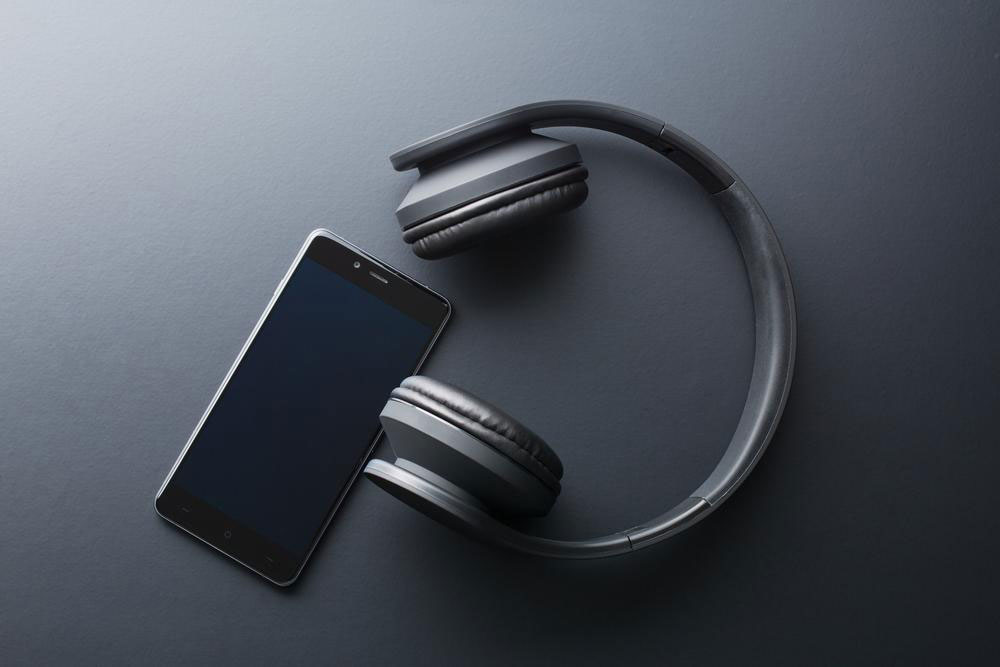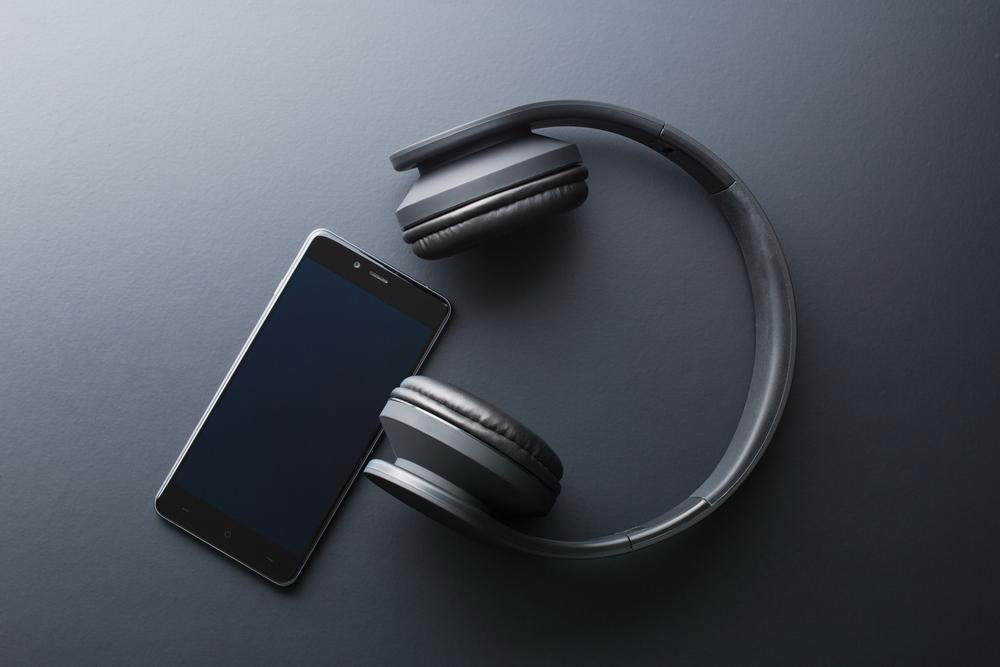Comprehensive Guide to Wireless Digital Headphones: Benefits, Types, and Innovations
Discover the detailed benefits and diverse types of wireless digital headphones in this comprehensive guide. Learn how digital transmission enhances sound quality, explore the latest innovations like active noise cancellation and app control, and find out how these devices are revolutionizing personal and home audio experiences. Perfect for audiophiles and casual listeners alike, this article covers everything you need to know about modern wireless digital headphones, including their features, applications, and future trends to help you make an informed choice.

Comprehensive Guide to Wireless Digital Headphones: Benefits, Types, and Innovations
In recent years, the audio technology industry has undergone a significant transformation, shifting from traditional analog sound transmission to sophisticated digital signals. This technological evolution has drastically improved the quality, clarity, and reliability of wireless audio devices, making digital wireless headphones an essential accessory for many users. As consumers seek superior sound experiences combined with mobility and convenience, understanding the various aspects of wireless digital headphones—such as their benefits, different types, technological advancements, and practical applications—is crucial.
Digital wireless headphones utilize binary data (0s and 1s) to transmit sound signals, providing distinct advantages over their analog counterparts. Analog signals, while historically popular, are susceptible to noise, interference, and signal degradation, especially over longer distances. Conversely, digital signals are less prone to these issues, ensuring that audio fidelity remains intact regardless of the transmission range. This fundamental difference results in a cleaner, more precise audio experience that is appreciated by audiophiles, professionals, and casual listeners alike.
The core technology behind these headphones involves the conversion of sound into digital data, which is then transmitted wirelessly via radio frequencies (RF), Bluetooth, or other digital protocols. The advantages of digital transmission include lower susceptibility to electromagnetic interference, enhanced stability, and the potential for sophisticated features like active noise cancellation, personalized sound adjustments, and seamless connectivity. This makes digital wireless headphones not only a practical choice but also a cutting-edge device for those who prioritize sound quality and modern functionalities.
Modern digital wireless headphones come equipped with high-fidelity sound components, ensuring rich and immersive listening experiences. Portability is a key feature, with many models designed to be lightweight and comfortable for extended wear. User-friendly controls such as volume adjustment, playback controls, and voice command features enhance usability, especially when on the move. Several models incorporate active noise cancellation technology, allowing users to block out external noise effectively, perfect for commuting, working, or relaxing in noisy environments.
The ergonomic design of these headphones prioritizes comfort, featuring adjustable headbands and soft ear cushions that fit snugly without causing discomfort over long durations. Advanced digital sound processing chips are integrated into many models, delivering dynamic sound profiles, richer bass, clearer vocals, and immersive audio effects. These enhancements elevate the overall listening experience to meet the demands of audiophiles and casual users.
Wireless in-ear headphones have particularly gained popularity due to their compact size and convenience. They often come with app-based customization options that allow users to adjust equalizer settings, manage firmware updates, and personalize sound profiles according to individual preferences. Battery life varies across models, with typical playback durations of approximately five hours, supplemented by charging cases that offer multiple additional charges, ensuring portability and continuous listening throughout the day.
Beyond general personal listening, wireless digital headphones find extensive applications in entertainment and home settings. Wireless TV headphones, for example, enable users to enjoy audio content around the room without disturbance or cable clutter. These devices frequently feature stable RF transmitters, multiple headphone pairing capabilities, and long-lasting batteries, making them ideal for watching movies, TV shows, or gaming in large or shared spaces. The convenience of wireless connectivity combined with digital sound quality creates a versatile, modern audio solution suitable for various environments.
Overall, digital wireless headphones represent a significant advancement in audio technology, blending superior sound quality, portability, and smart features. As innovation continues, we can expect even more sophisticated functionalities, including higher Bluetooth standards, better noise cancellation, and seamless integration with smart devices. Whether for professional audio work, daily commuting, fitness, or home entertainment, wireless digital headphones are transforming how we experience sound in our daily lives.





